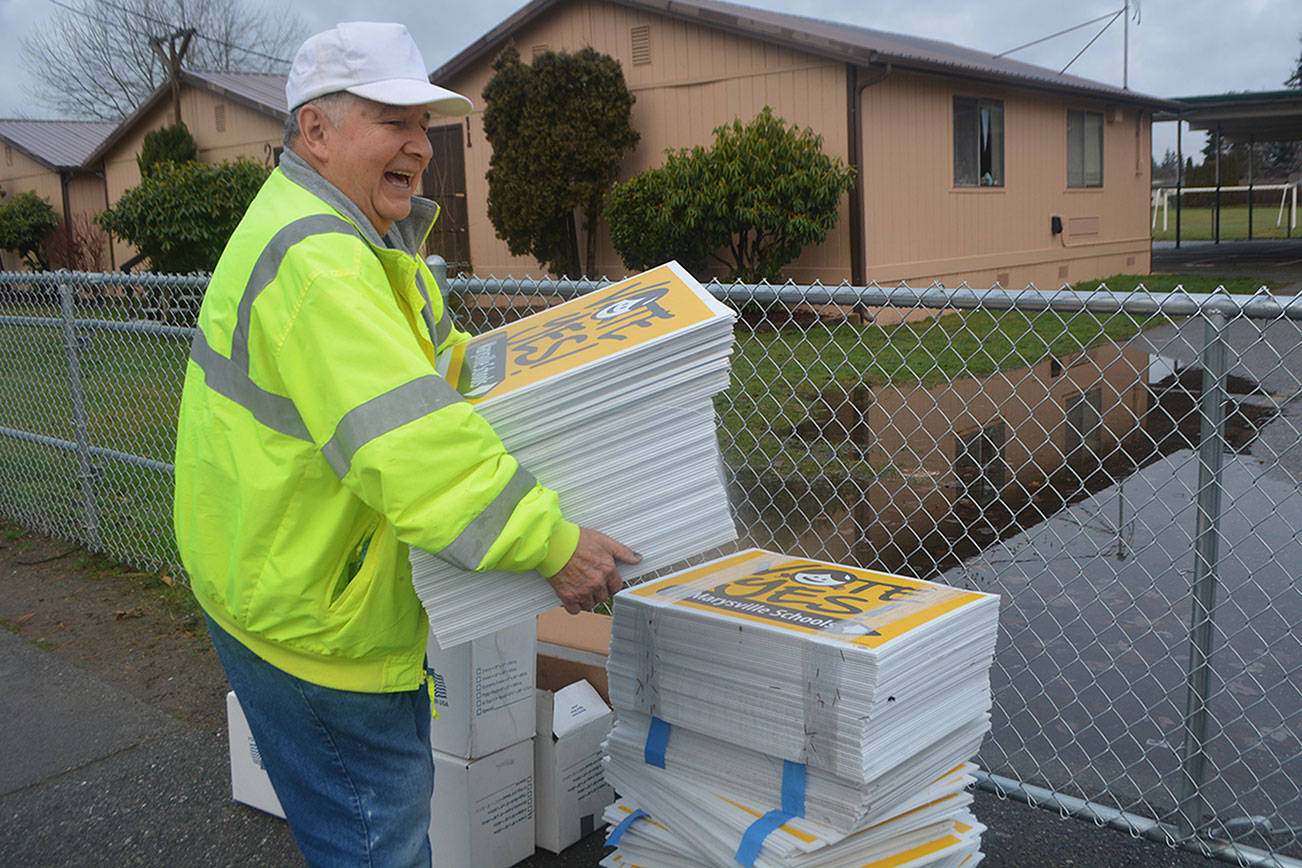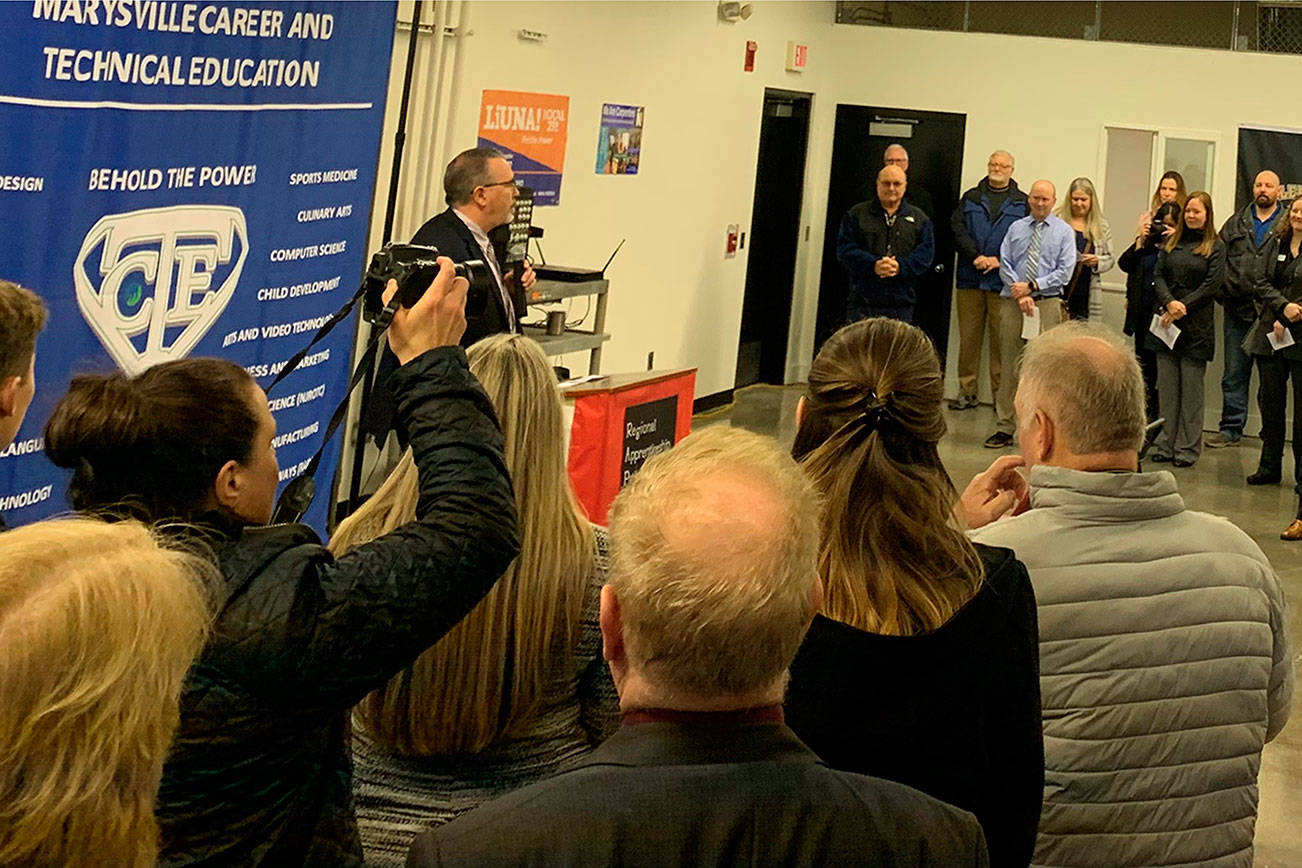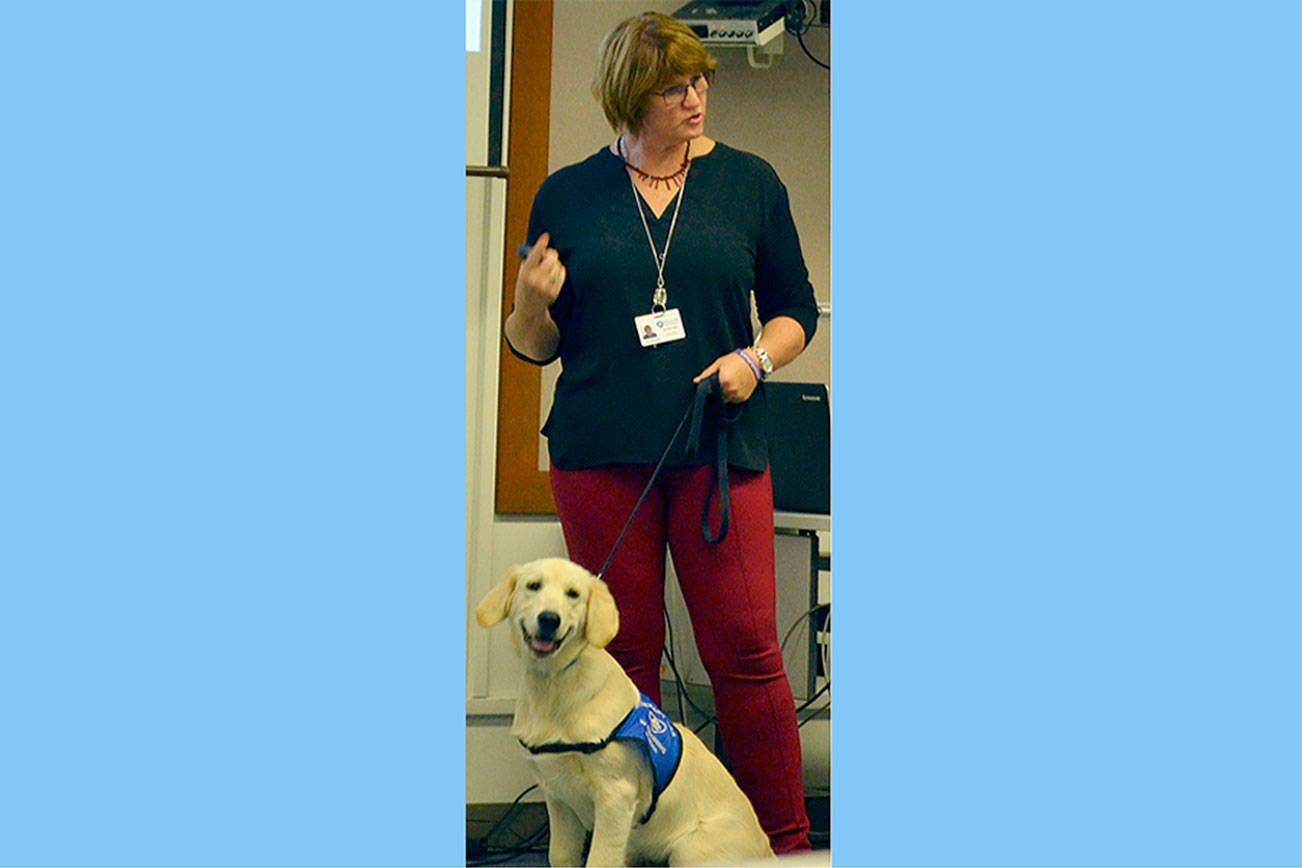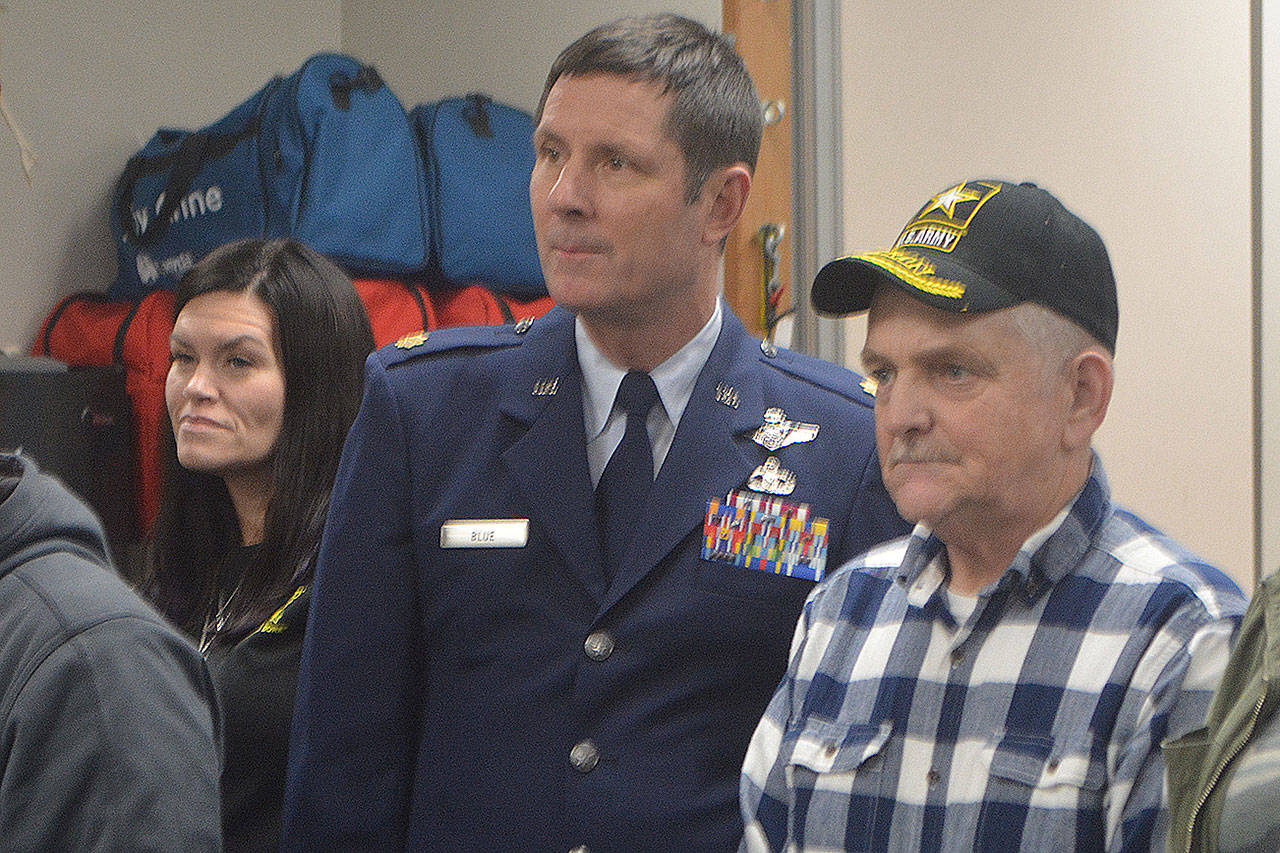Last in a series
SMOKEY POINT – Penelope Protheroe calls it “Tailgating with the Homeless.”
Rather than just giving money to the homeless, Penelope likes to feed them, hang out with them, get to know them, and pray with them.
So, she often will go to a large store parking lot where the homeless seem to congregate and make healthy sandwiches for them. She recently made flatbread and turkey sandwiches for Popeye, Gordon and Garrett in one such lot.
Garrett said he no longer is homeless because he got a job picking apples in Eastern Washington. He has his own place now, and he likes to help others who are still on the street.
“I’ve been there so I try to give back,” he said, adding he will open up his place for homeless to take showers, etc.
After being homeless for six years, Gordon said he is close to getting a place with a veteran friend who gets military benefits.
Popeye, a former arborist, was injured on the job 15 years ago, and had his “left leg cut off” seven years ago so he is in a wheelchair. His constant companion is Marley, a dog he rescued from a puppy mill 10 months ago.
Popeye said it’s hard being homeless in Smokey Point.
“It’s a cruel world out there,” he said, adding he’s been beaten up, stolen from and had a gun pulled on him. One woman even tried to steal his dog, saying she could take better care of it. But Marley is very protective of Popeye.
Popeye said some people try to help. Sometimes peanut butter and jelly sandwiches are brought to him, and he gets to do a load of laundry, thanks to a nearby church. But anytime more than two homeless gather together, it’s considered loitering, and police are called. “This place is saturated with police, and they’re against you,” he said. “They need each other,” Penelope chimed in about how the homeless help out each other by talking about where services are available.
“It’s sad it works that way,” Popeye said, adding homelessness “sucks you in, and it takes a long time to get out.”
Rather than government helping, Penelope said it works better with neighbors helping neighbors.
“It’s the key to unlocking the code to homelessness,” she said. “The community coming together to help our own.”
Penelope said homeless no longer are just drug addicts or those with mental illness. “It’s the new face of the homeless – neighbors who fall on hard times,” she said.
Penelope said there is a website she uses to get donations called buynothing———- (Fill in the blank with your town name, such as Marysville, WA.) On it, people tell what they are willing to give and also what their needs are. Penelope said giving is good for the soul. “It changes you. It helps you become more compassionate. You realize, ‘That could happen to me, too,’” she said.
Penelope added that it might not be best to just give money to homeless because a connection isn’t necessarily made.
“I make a connection by making turkey sandwiches for them,” she said, adding she will tell a few people she knows are homeless and then more show up. Penelope said giving can come back to you tenfold if you do it with a sense of abundance and hope, instead of “a bottomless pit of giving. It helps life make sense.”
Penelope said churches won’t let homeless in because they steal stuff, not even to use the bathrooms or kitchens. The YMCA in Marysville opens its doors a few times a month. Penelope actually cuts hair at those events. But many homeless in Smokey Point can’t afford rides there. A van that could transport homeless to the YMCA would help, Penelope said.
Penelope has a Sacred Heart Radio card she gives out with a picture of Jesus to each homeless person she meets. On the back is a prayer that says, in part, “Protect me in the midst of danger; comfort me in my afflictions; give health of body assistance in my temporal needs…”
Penelope Protheroe teaches an online class so others can help the homeless. Called SERVE, it is a five-week course on how to bring hope to the homeless through neighbor-helping-neighbor. Week 1, (S)HARE: Reaching out to the homeless to give food and clothes. Week 2, (E)NGAGE: Hear their stories. Learn what questions to ask. Remember their names. The homeless feel invisible. Help them feel valued and connected. Week 3, (R)ESOURCES: Provide the homeless with written information about resources within walking distance; meals ready to eat, shelters, showers, free laundry facilities, etc.
Week 4, (V)ILLAGE: It takes a village to do a GiveAway. Learn how to a collect items from neighbors, community groups and churches to put on a GiveAway event. Week 5, (E)NGAGE: Share their stories on social media, like Buy Nothing and Pay It Forward, and ask others to join. Help those who are struggling to pay rent by taking the burden off of other things they need to buy.
Hope for the Homeless This three-part webinar series is on how to bring life-changing assistance to the homeless. We will shed some light on misconceptions, judgments and fear people have about helping the homeless. Each webinar will give hands-on guidance to help you make a difference in the lives of the homeless near you. The 45-minute webinars will be at 11 a.m. July 26, and Aug. 2 and 9. Register at zoom.us/webinar/register/32dd4e104b20207466858a512be5123a








